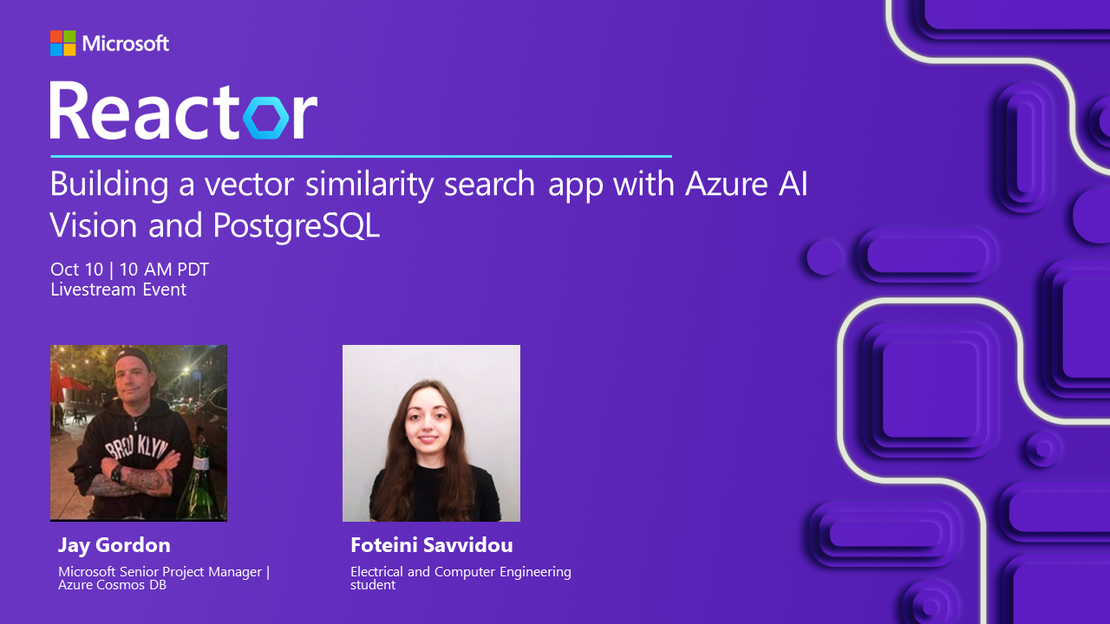
Building a vector similarity search app with Azure AI Vision and PostgreSQL
My presentation about vector search with Azure AI Vision and Azure Cosmos DB for PostgreSQL at the Azure Cosmos DB Usergroup.
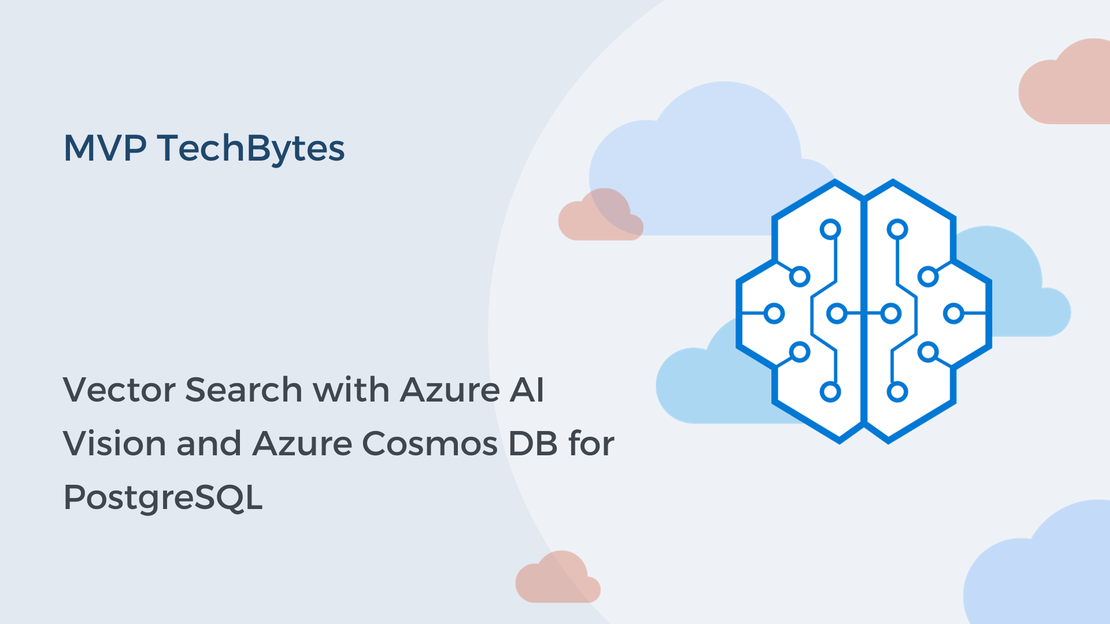
A few weeks ago, I had a great time recording a session for the brand-new virtual show “MVP TechBytes”. MVP TechBytes, hosted by Taswar Bhatti, attempts to highlight interesting projects created by Microsoft Most Valuable Professionals (MVPs). I would like to thank Taswar for including me on this show.
My presentation was about vector similarity search with the Azure AI Vision Image Retrieval APIs and the pgvector extension of Azure Cosmos DB for PostgreSQL. Does this sound interesting? If so, you can watch the recording of my presentation or read my post “Image Vector Similarity Search with Azure Computer Vision and PostgreSQL” for a written version.
Vector search is a method that helps you find similar items based on their content rather than exact matches on properties like keywords, tags, or other metadata, as keyword-based search systems do. In this session, we will discuss about vector search with Azure AI Vision and Azure Cosmos DB for PostgreSQL. We will explore how to use Azure AI Vision embedding models and enable the pgvector extension, an open-source vector similarity search extension for PostgreSQL. We will then go on to show how to build a simple image vector similarity search app that can take advantage of these technologies.
If you’d like to dive deeper into this topic, here are some helpful resources.

My presentation about vector search with Azure AI Vision and Azure Cosmos DB for PostgreSQL at the Azure Cosmos DB Usergroup.
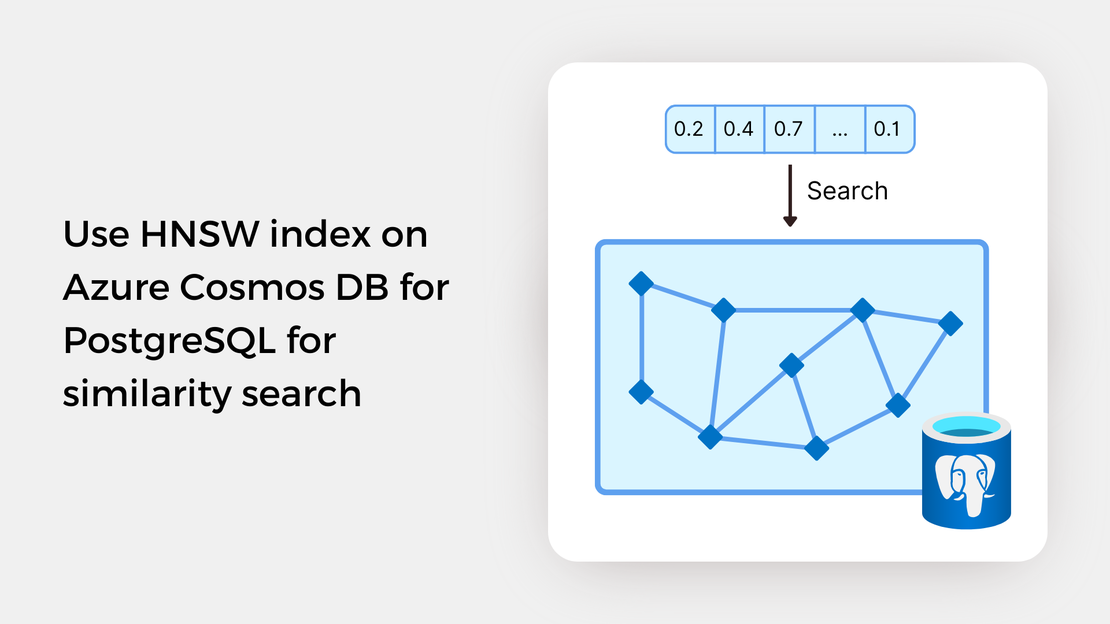
Explore vector similarity search using the Hierarchical Navigable Small World (HNSW) index of pgvector on Azure Cosmos DB for PostgreSQL.
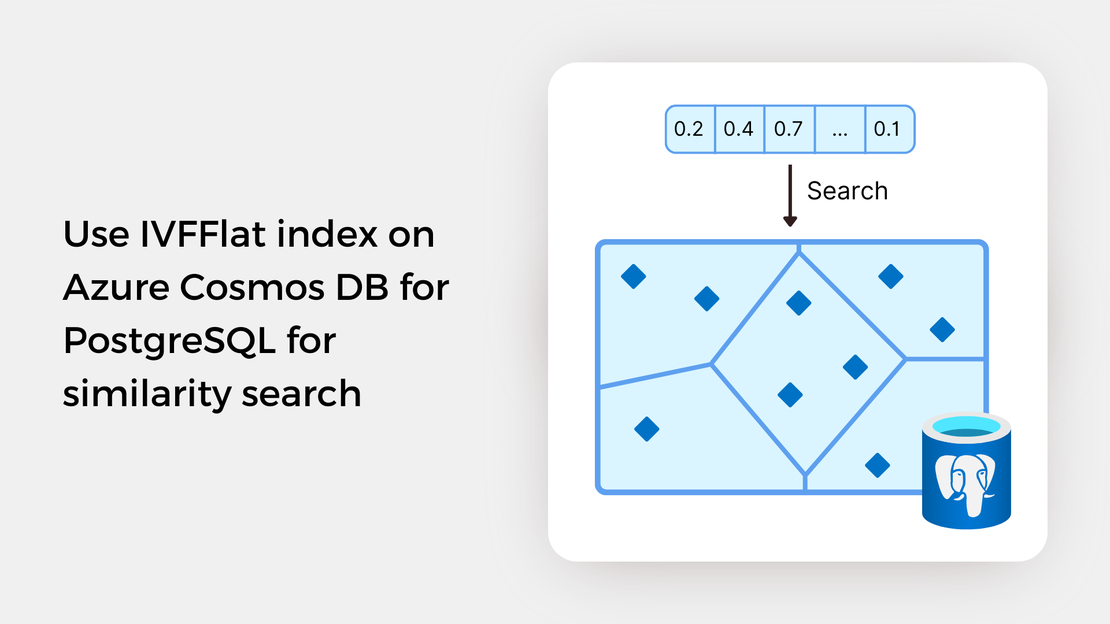
Explore vector similarity search using the Inverted File with Flat Compression (IVFFlat) index of pgvector on Azure Cosmos DB for PostgreSQL.
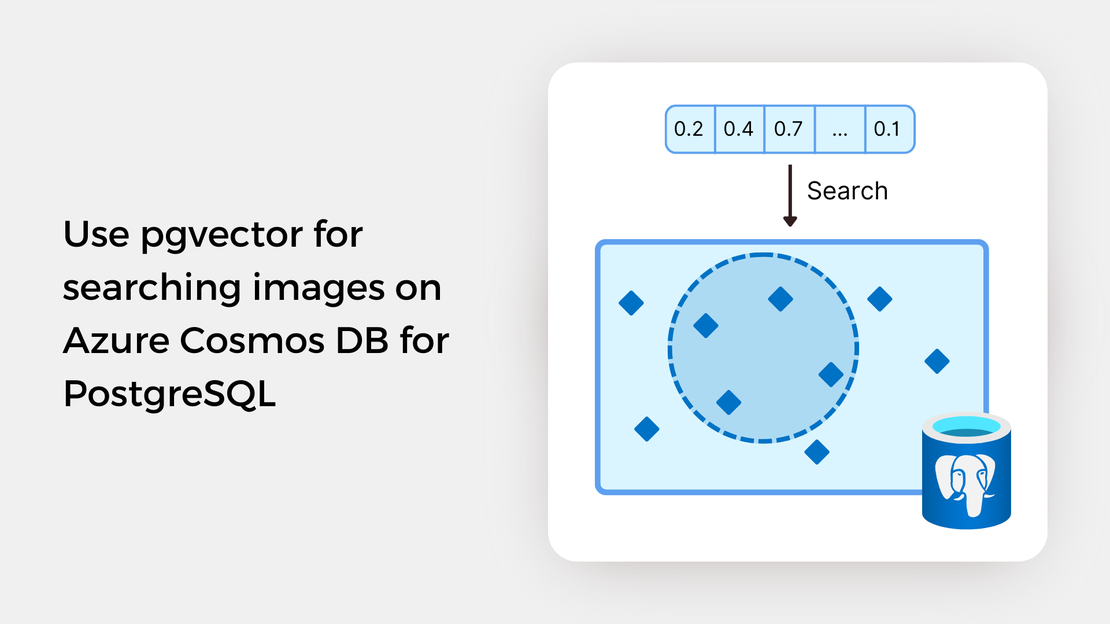
Learn how to write SQL queries to search for and identify images that are semantically similar to a reference image or text prompt using pgvector.